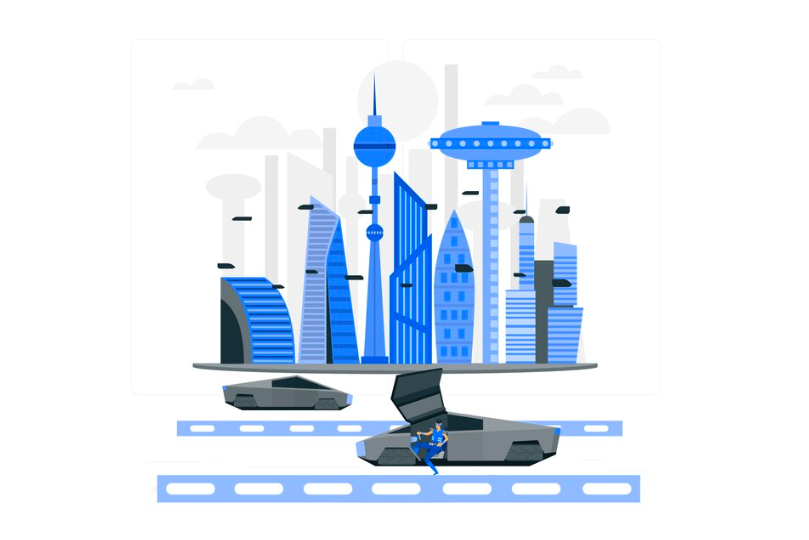In a world where form and function converge seamlessly, industrial designers stand as the architects of tomorrow’s innovations. Their creative prowess and technical acumen breathe life into everyday objects, transforming them into sleek, efficient, and aesthetically pleasing marvels. In this blog, we delve into the dynamic realm of industrial design, exploring the crucial role it plays in shaping our modern world.
The Intersection of Art and Engineering:
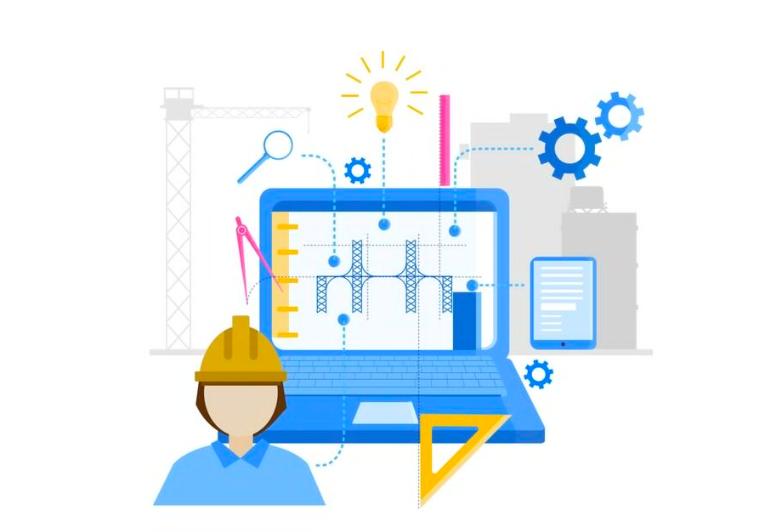
At its core, industrial design is the marriage of art and engineering. It is the alchemy that transforms raw materials into products that not only serve a purpose but also engage the senses. Industrial designers navigate the delicate balance between functionality and aesthetics, envisioning products that seamlessly integrate into our lives while pushing the boundaries of creativity.
- Form and Function Harmony: Industrial designers are adept at seamlessly blending form and function, creating products that not only serve a purpose but also captivate with their aesthetic appeal. This delicate balance distinguishes their work, turning everyday objects into pieces of functional art.
- Creative Alchemy: The creative process in industrial design involves an alchemical fusion of artistic vision and engineering precision. Designers leverage their artistic flair to imagine innovative solutions while navigating the technical constraints to bring these ideas to life. This synergy is at the heart of the profession.
- Sensory Engagement: Industrial designers go beyond visual appeal; they engage multiple senses. Whether it’s the tactile feel of a well-designed gadget, the ergonomic comfort of furniture, or the pleasing sound of a closing door, designers consider the holistic sensory experience to create products that resonate on a deeper level.
The Evolution of Industrial Design:
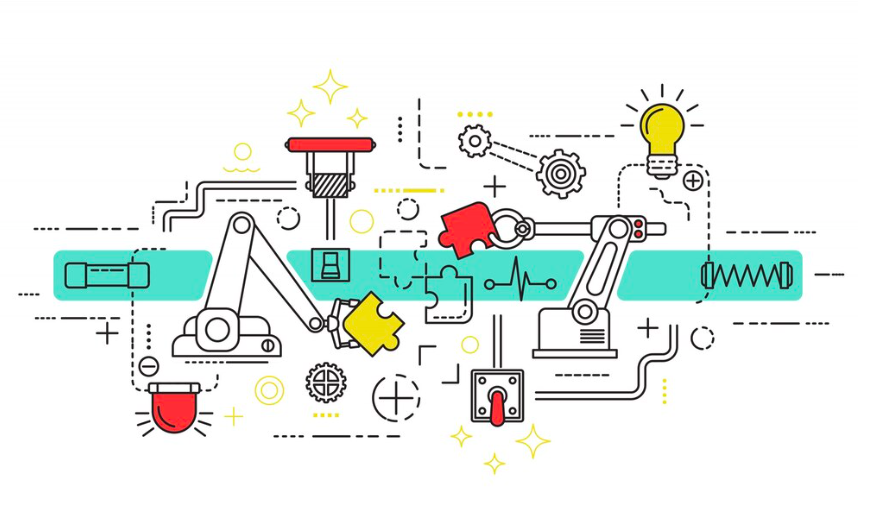
From the early days of the Industrial Revolution to the present era of advanced technology, industrial design has evolved alongside societal shifts and technological breakthroughs. Today, designers harness cutting-edge tools like 3D printing, virtual reality, and artificial intelligence to bring their visions to life. The rapid pace of innovation challenges designers to stay ahead, adapting their skills to the ever-changing landscape of design possibilities.
- Historical Adaptation: Industrial design has adapted to the changing tides of history and technology. From the industrial revolution to the digital age, designers continually evolve their techniques and approaches, integrating new materials, technologies, and cultural influences into their work.
- Technological Advancements: In the modern era, industrial designers harness the power of cutting-edge technologies such as 3D printing, virtual reality, and artificial intelligence. These tools not only facilitate the design process but also open up new realms of creative expression, pushing the boundaries of what is possible.
- Innovation Amidst Change: The fast-paced nature of innovation demands that industrial designers remain agile and adaptable. Navigating shifts in consumer preferences, market dynamics, and technological landscapes, designers embrace change as an opportunity to innovate, ensuring their work remains relevant and impactful.
Sustainability in Design:
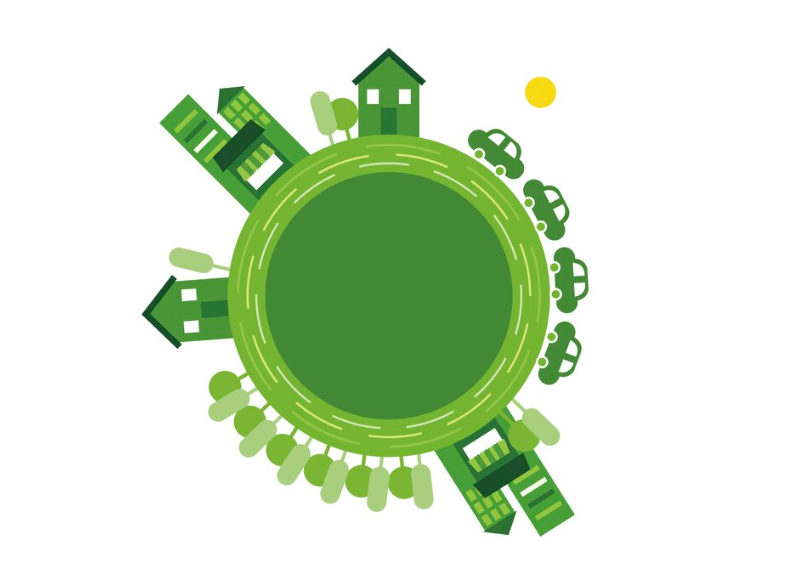
As the world grapples with environmental challenges, industrial designers play a pivotal role in shaping a sustainable future. From eco-friendly materials to energy-efficient products, designers are at the forefront of creating solutions that minimize environmental impact. The push for sustainability not only addresses the urgent need for responsible design but also presents an exciting frontier for creativity and innovation.
- Eco-Friendly Materials: Industrial designers actively seek out and utilize materials that minimize environmental impact. Whether it’s recycled plastics, sustainable wood, or other eco-friendly alternatives, the choice of materials reflects a commitment to creating products that are both aesthetically pleasing and environmentally responsible.
- Energy-Efficient Solutions: Sustainability goes beyond materials; it extends to the functionality of products. Industrial designers integrate energy-efficient technologies, promoting a culture of responsible consumption. From smart appliances to eco-conscious transportation design, these choices contribute to a more sustainable future.
- Circular Design Thinking: Industrial designers embrace circular design principles, considering the entire lifecycle of a product. This involves designing for durability, repairability, and recyclability. By envisioning products that can be repurposed or recycled at the end of their life, designers play a vital role in reducing waste and promoting a circular economy.
The Impact of Industrial Design on User Experience:

Great industrial design goes beyond aesthetics; it enhances the user experience. Consider the intuitive layout of a smartphone, the ergonomic design of a chair, or the user-friendly interface of a kitchen appliance. Industrial designers meticulously consider the user’s needs, preferences, and interactions to create products that seamlessly integrate into daily life, elevating the overall experience.
- Intuitive Design: Industrial designers prioritize user experience by creating intuitively designed products. Whether it’s the layout of buttons on a device or the ergonomics of a chair, the goal is to make interactions seamless and user-friendly, enhancing the overall usability of the product.
- User-Centric Approach: Understanding the needs and preferences of users is central to industrial design. Through user research and empathy-driven design processes, designers ensure that their creations not only meet functional requirements but also align with the desires and habits of the end-users.
- Aesthetics and Emotion: Industrial designers recognize the emotional connection users have with products. Aesthetics play a crucial role in shaping this connection, influencing how users feel about and interact with a product. Designers leverage this emotional resonance to create products that become integral parts of people’s lives.
Collaboration and Multidisciplinary Approach:

Industrial design thrives on collaboration. Designers work hand-in-hand with engineers, marketers, and manufacturers to bring their concepts to fruition. The multidisciplinary approach ensures that the final product not only meets design standards but also aligns with market demands and technical feasibility.
- Synergistic Expertise: Collaboration and a multidisciplinary approach bring together individuals with diverse skill sets and expertise. By uniting designers, engineers, marketers, and manufacturers, each team member contributes their unique knowledge to the project. This synergistic blending of skills results in a comprehensive understanding of both the creative and technical aspects of product development. The collective expertise ensures that the final product not only meets design standards but is also optimized for manufacturing, marketability, and user satisfaction.
- Holistic Problem Solving: The collaborative nature of a multidisciplinary team enables holistic problem-solving. When faced with challenges, the team can draw upon a range of perspectives and insights to identify innovative solutions. Whether addressing design constraints, technical limitations, or market demands, the combined brainpower of a diverse team fosters creativity and encourages out-of-the-box thinking. This holistic problem-solving approach ensures that the final design is not only aesthetically pleasing but also functional, feasible, and aligned with broader project goals.
- Efficient Iteration and Refinement: The iterative nature of design often requires constant refinement and adjustments. A multidisciplinary team streamlines this process by facilitating efficient communication and collaboration. Designers can quickly iterate on concepts based on feedback from engineers and manufacturers, ensuring that the final product undergoes continuous improvement. This collaborative iteration process not only saves time but also enhances the overall quality of the design by addressing potential issues early in the development cycle. The efficiency gained through a multidisciplinary approach allows for a more seamless transition from concept to final product, ultimately contributing to the success of the project.
The Future of Industrial Design:
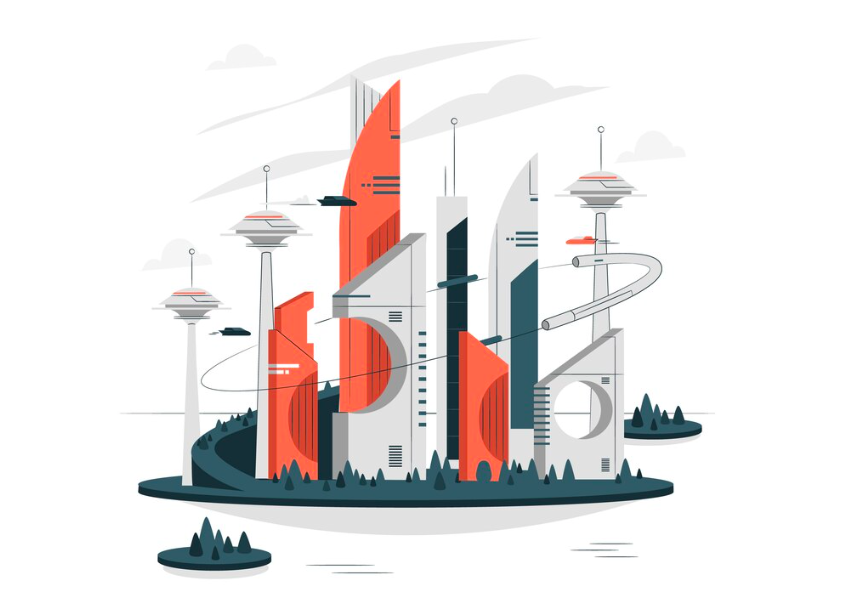
As we step into an era of unprecedented technological advancement, the future of industrial design holds limitless possibilities. From smart homes to sustainable transportation, industrial designers will continue to shape the way we live, work, and interact with the world around us. The intersection of design thinking, technology, and sustainability will pave the way for innovations that redefine our understanding of products and their impact on society.
- Integration of Advanced Technologies: The future of industrial design is set to be deeply intertwined with cutting-edge technologies. From virtual reality simulations for prototyping to the incorporation of artificial intelligence in product development, designers will leverage the power of innovation to create products that are not only aesthetically pleasing but also highly functional and technologically advanced.
- Emphasis on Sustainable Practices: As environmental consciousness continues to grow, industrial designers are increasingly prioritizing sustainable practices. The future will see a surge in eco-friendly materials, energy-efficient designs, and a holistic approach to minimizing the environmental footprint of products. Sustainability will not merely be a trend but a core principle shaping the design process, resulting in products that align with the global push for a greener and more responsible future.
- Human-Centered Design in the Digital Age: The future of industrial design will be marked by a heightened focus on user experience in the digital age. With the proliferation of smart devices and interconnected systems, designers will need to prioritize human-centered design principles. This involves understanding user behaviors, preferences, and needs, and designing products that seamlessly integrate into the evolving landscape of our digital lives. The fusion of technology and user-centric design will lead to products that not only meet functional requirements but also enhance the overall experience for users.
Industrial designers are the visionaries who sculpt the tangible future. Their ability to blend artistry with functionality, embrace sustainability, and adapt to emerging technologies makes them instrumental in shaping the world we inhabit. As we marvel at the sleek gadgets, sustainable furniture, and cutting-edge appliances in our lives, let’s take a moment to appreciate the ingenuity and creativity of the industrial designers who craft the tomorrow we eagerly anticipate.


